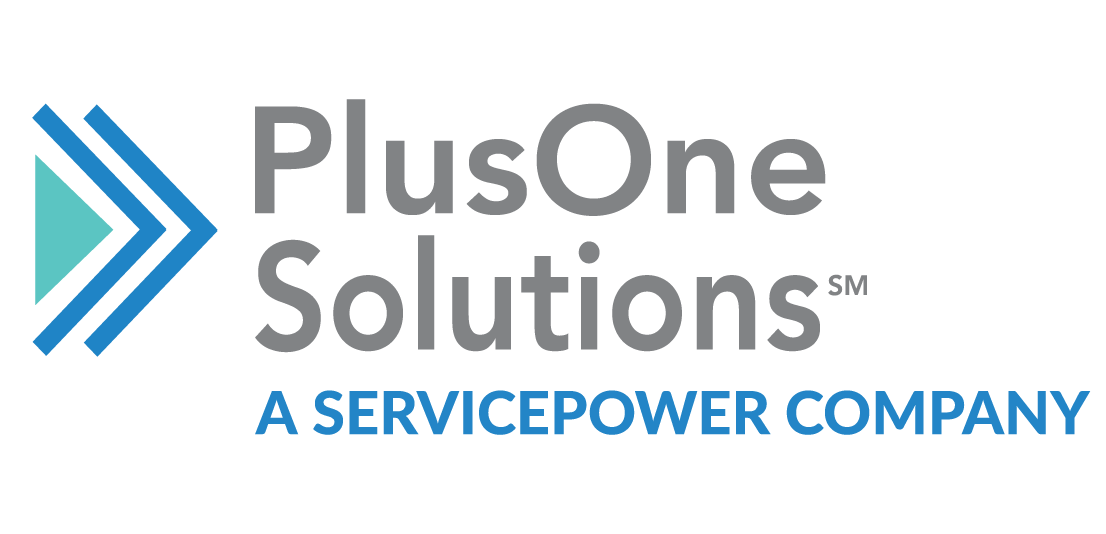Introduction to Drug Screening
Drug screening is a testing process used to detect the presence of illicit substances, prescription medications, or alcohol in a person’s system. Its primary goal is to promote safety, compliance, and accountability across a range of industries. In employment, a drug screen is often part of the hiring or ongoing evaluation process, helping companies reduce liability, maintain productivity, and ensure a safe workplace. In contrast, drug testing in sports aims to enforce fairness and integrity by identifying performance-enhancing substances. In medical settings, it helps diagnose drug use or monitor patients under prescription treatment.
Practices vary by industry. For example, federal regulations may require strict testing protocols for transportation or defense roles, while healthcare institutions may use broader panels for clinical assessment. Whether preventive or diagnostic, drug screening plays a critical role in identifying substance use early — before it leads to safety incidents, legal issues, or long-term health consequences.
Types of Drug Tests
Several types of drug tests are commonly used, each with unique methodologies, advantages, and detection windows:
- Urine Test: The most widely used method, urine testing is cost-effective and non-invasive. It detects recent drug use within 1–3 days for most substances. It’s ideal for workplace settings, particularly for pre-employment drug testing, though it can be subject to sample tampering if not supervised properly.
- Blood Test: Known for its accuracy, a blood test detects active substances in the bloodstream, making it highly reliable for determining recent drug use. However, it is invasive, more expensive, and has a shorter detection window (typically hours to 1–2 days), which limits its use in large-scale screening.
- Hair Follicle Test: This method provides the longest detection window — up to 90 days. It captures a historical record of drug use, making it valuable for positions requiring high trust. However, it is more costly and may not detect very recent use.
- Saliva Test: A minimally invasive option that’s growing in popularity for rapid screening. Saliva tests detect recent drug use (within 24–48 hours) and are useful for roadside or onsite testing, though their sensitivity can vary.
Each test method offers unique insights, with trade-offs in accuracy, speed, and scope.
Drug Testing Procedures
Understanding what does a drug screening entail helps individuals prepare properly and ensures the process runs smoothly. The procedures typically follow several distinct phases:
Notification and sample collection
The process begins with official notification from an employer, medical provider, or regulatory agency about the upcoming drug screening. Individuals are then directed to a designated collection site where a trained technician collects the sample. Depending on the type of drug test — urine, blood, saliva, or hair — the technician follows strict chain-of-custody protocols to maintain sample integrity and accuracy.
Sample analysis and interpretation
Once collected, the sample is sent to a certified laboratory for analysis. Initial screening identifies potential presence of substances, but confirmatory testing may be performed to verify results. A medical review officer often interprets the test result to ensure accuracy before it is reported to the requesting party, minimizing false positives or errors.
Preparation and precautions
Preparing for a drug screen involves more than just abstaining from illicit substances. Individuals should disclose any prescription or over-the-counter medications, as some can trigger false positives. Staying hydrated and avoiding certain supplements, such as high-dose vitamin B, can prevent skewed results. Common misconceptions — like excessive water consumption to flush drugs from the system — are false and can sometimes be flagged as tampering.
Proper understanding of these procedures supports fair and reliable drug testing outcomes for all parties involved.
Legal Implications and Employee Rights
Drug screening in the workplace requires balancing legal compliance with respect for employee rights. Employers and employees must understand the key considerations surrounding employment drug tests, pre-employment drug testing, and ongoing drug screening policies.
Employers must navigate federal, state, and local laws that regulate when and how drug testing can occur, especially in safety-sensitive industries like transportation or healthcare where testing is often mandatory. Employees also have rights that protect their privacy and ensure fair treatment during any drug test. Key points about legal and employee rights include:
- Notification and Consent: Individuals must receive clear notification about the drug screening and provide informed consent before any drug test takes place.
- Uniform Application: Testing policies must be applied consistently to avoid discrimination. Targeting only certain employees without cause can lead to legal challenges.
- Confidentiality: Test results and personal medical information must be handled with strict confidentiality to protect employee privacy.
- Accommodations for Prescriptions: Workers using prescribed medications or medical marijuana may have protections under state laws, though these do not always apply to federally regulated roles.
- Defined Testing Circumstances: Policies should specify when drug screening may be required, such as after workplace accidents, under reasonable suspicion, or during periodic testing.
- Consequences and Support: Clear guidelines on consequences for positive test results and availability of support options like rehabilitation programs help balance accountability with employee dignity.
By maintaining transparency and consistency in their employment drug test policies, employers reduce legal risks and foster a culture of safety and trust. Understanding these legal implications ensures both employers and employees approach drug testing fairly and knowledgeably.
Accuracy, Reliability, and Challenges
Drug tests are generally accurate, but their reliability depends on the method used, the substance tested for, and the timing of the test. For example, a blood test offers high accuracy and a narrow detection window, while a hair follicle test can detect drug use over a longer period but may be more expensive and less useful for recent use. Saliva and urine tests remain the most common methods, balancing cost-effectiveness with acceptable accuracy.
However, no drug screening is entirely foolproof. False positives — where a test incorrectly indicates drug use — can occur due to cross-reacting substances like certain medications or even foods. Confirmatory testing, such as gas chromatography-mass spectrometry (GC-MS), is critical for verifying initial results and protecting individuals from unjust outcomes.
Legal and ethical challenges arise when drug testing is conducted without informed consent, used discriminatorily, or implemented without clear policy. There are also social concerns around stigmatization, particularly when positive results are used punitively rather than as a gateway to support. Maintaining transparency, securing informed consent, and using reliable testing methods help mitigate these issues.
For employers and practitioners, understanding both the scientific and human sides of drug screening is essential to ensure fairness and accuracy in every test result.
Preparing for a Drug Test
Preparation for a drug test involves more than just showing up — it requires awareness of how your body, lifestyle, and legal rights interact with the testing process. Individuals scheduled for a drug screening should start by disclosing any prescription or over-the-counter medications to the testing administrator, as these can influence the test result. Staying well-hydrated, avoiding unusual supplements, and following a consistent diet can also reduce the risk of false positives.
Certain foods and medications, such as poppy seeds or cold remedies, can trigger a reaction on a drug screen. It’s important to avoid these in the days leading up to the test. Regular exercise and adequate sleep can help normalize your body’s natural processes, but extreme measures like detox kits are generally ineffective and may raise suspicion.
From a legal standpoint, individuals have the right to be informed about the purpose of the drug test and how their data will be handled. Consent must be obtained prior to testing, and privacy should be respected during sample collection. If there are any concerns about the testing process, individuals are entitled to ask questions or request clarification.
Navigating Drug Screening With Confidence and Clarity
Understanding what a drug screening entails is essential for individuals and organizations alike. Drug tests play a vital role in promoting workplace safety, ensuring compliance, and identifying potential drug abuse before it becomes a risk. Whether it’s a pre employment drug test, a panel drug test, or a blood test, knowing the procedures, rights, and implications can lead to smoother, more reliable outcomes.
As drug use patterns shift and regulations evolve, staying current with testing standards is crucial. Trends in employment drug testing are moving toward more sophisticated, rapid-result solutions, emphasizing fairness, privacy, and accuracy.
Organizations looking to implement effective drug screening programs — and individuals preparing for a test — can benefit from working with trusted providers. PlusOne Screening Solutions offers comprehensive, compliant testing services tailored to your needs, helping you manage the complexities of drug screening with confidence and professionalism.



